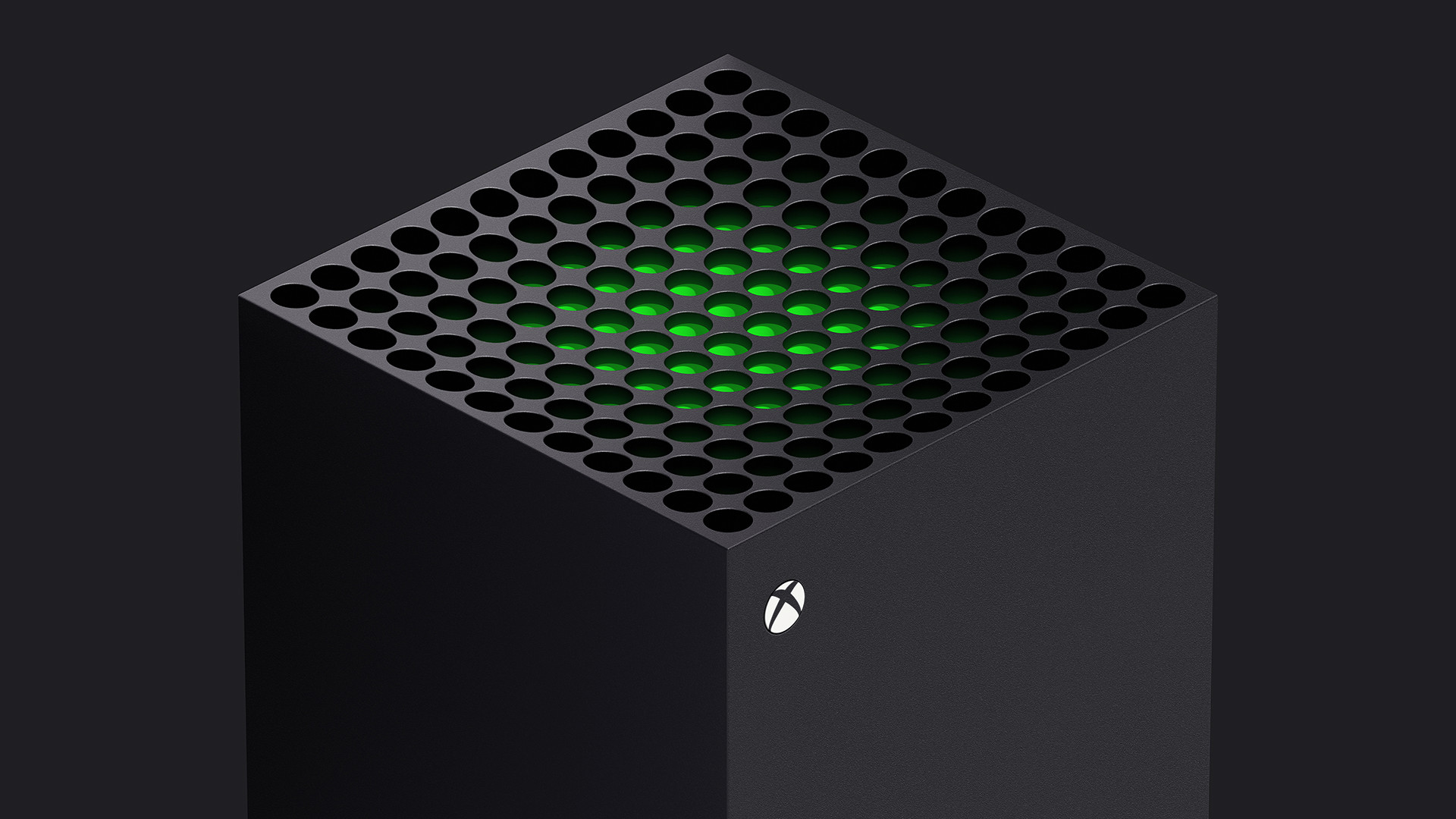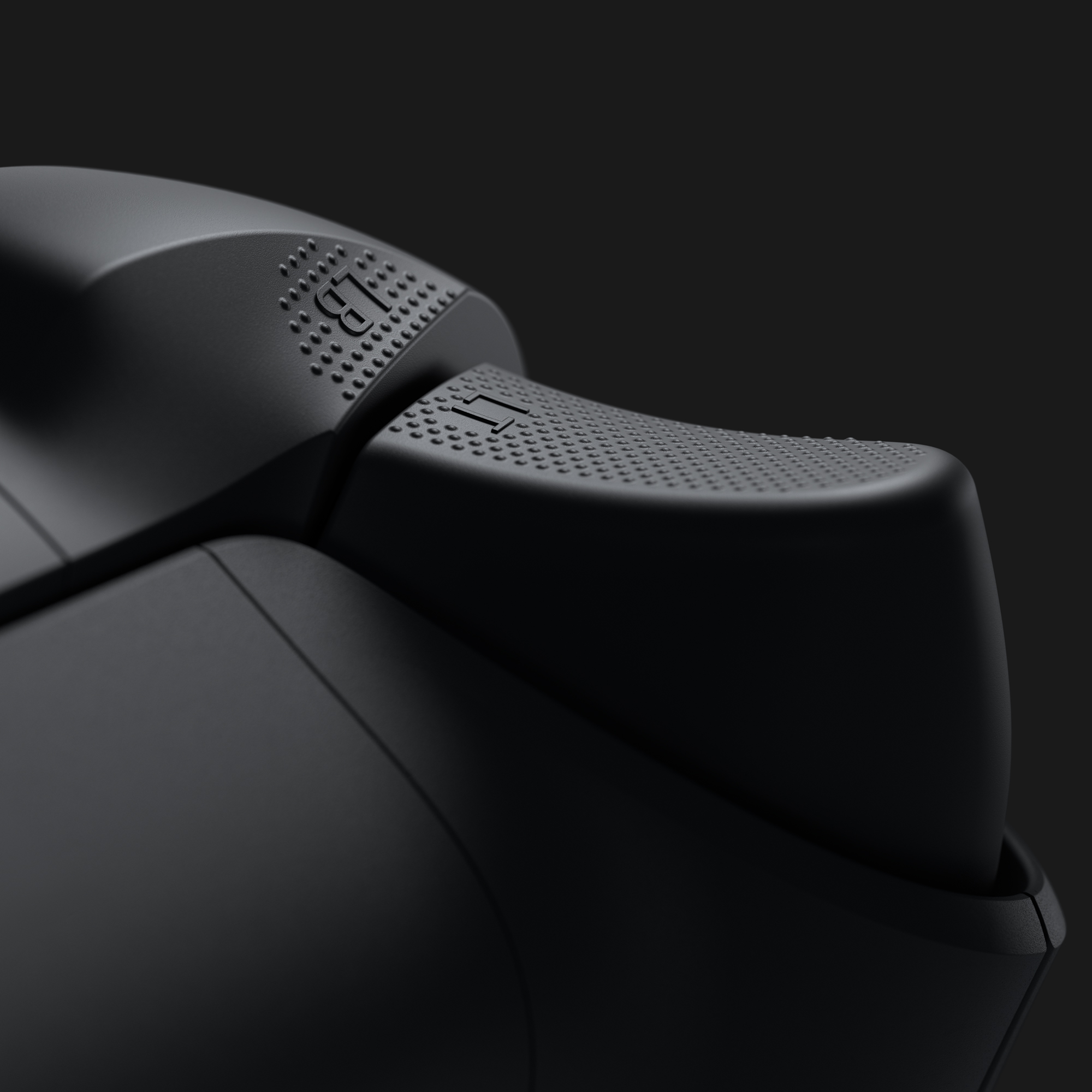
Hot on the heels of several announcements related to the console over the last few weeks, Microsoft has revealed the Xbox Series X’s full technical specifications.
In a recent blog post, the tech giant says that the Series X will “set a new bar for performance, speed and compatibility.” Though I’m not an expert in hardware, the next-generation Xbox certainly seems poised to back up that claim.
Microsoft says that the Series X’s custom processor features power “twice that of an Xbox One X and more than eight times the original Xbox One X,” and that it gives developers access to 12 teraflops of GPU power.
Below are the console’s full specs:
- CPU 8x Cores @ 3.8 GHz (3.66 GHz w/ SMT) Custom Zen 2 CPU
- GPU 12 TFLOPS, 52 CUs @ 1.825 GHz Custom RDNA 2 GPU
- Die Size 360.45 mm2
- Process 7nm Enhanced
- Memory Bandwidth 10GB @ 560 GB/s, 6GB @ 336 GB/s
- Memory 16 GB GDDR6 w/ 320mb bus
- Memory Bandwidth 10GB @ 560 GB/s, 6GB @ 336 GB/s
- Internal Storage 1 TB Custom NVME SSD
- I/O Throughput 2.4 GB/s (Raw), 4.8 GB/s (Compressed, with custom hardware decompression block)
- Expandable Storage 1 TB Expansion Card (matches internal storage exactly)
- External Storage USB 3.2 External HDD Support
- Optical Drive 4K UHD Blu-Ray Drive
- Performance Target 4K @ 60 FPS, Up to 120 FPS
The blog post goes on to discuss various hardware features included in the upcoming console, including the ability to play older Xbox games with “improved boot and load times, more stable frame rates, higher resolutions and improved innovation.”
Other hardware features mentioned are more technical and developer-focused, like “next-generation” SSD storage, Dynamic Latency Input that reduces the “player-to-console pipeline,” HDMI 2.1-powered variable refresh rates, 120fps support and more.

We also now finally know what that strange slot on the back of the series X leaked is for. Unsurprisingly, the slot is designed for a “Storage Expansion Card” built in partnership with Seagate.
The card comes in at 1TB and expands the Series X’s storage with the full speed of the “Xbox Velocity Architecture” that improves “asset streaming” to allow developers to create larger and more dynamic game worlds. That said, you can still use standard USB 3.2 hard drives with the console, though they won’t be able to take advantage of Xbox Velocity Architecture.
The entire blog post is available at this link.
Along with technical specs, Microsoft also discussed the Series X’s revamped gamepad in a separate blog post. As expected, the controller looks very similar to the Xbox One’s excellent gamepad, with a few subtle changes.
For example, the controller has been redesigned to feel comfortable with a wider variety of hand sizes. Microsoft says it accomplished this by “rounding the bumpers, slightly reducing the rounded parts around the triggers, and carefully sculpting the grips.”
The changes don’t stop there, either. The D-pad features a “slightly deeper dish” with harsher angles that should result in more accurate button presses. The Series X’s gamepad will work with all Xbox One consoles, as well as PC, Android and iOS. Other features include a USB-C port, Bluetooth Low Energy (BTLE) support, a new dedicated share button and a “tactile dot pattern on the triggers.”
In several ways, the Series X’s gamepad seems to be a combination of the Xbox One’s standard controller and the high-end Elite Series 1 and Series 2 gamepad.
Microsoft’s Xbox Series X is still set to release this holiday season despite the ongoing coronavirus pandemic. It still remains unknown how much the next-gen console will cost.
Sony has still not revealed the PlayStation 5’s design or full specs. The company was rumoured to be planning for a February or March reveal, though that event has likely been cancelled due to the COVID-19 outbreak.
MobileSyrup may earn a commission from purchases made via our links, which helps fund the journalism we provide free on our website. These links do not influence our editorial content. Support us here.








